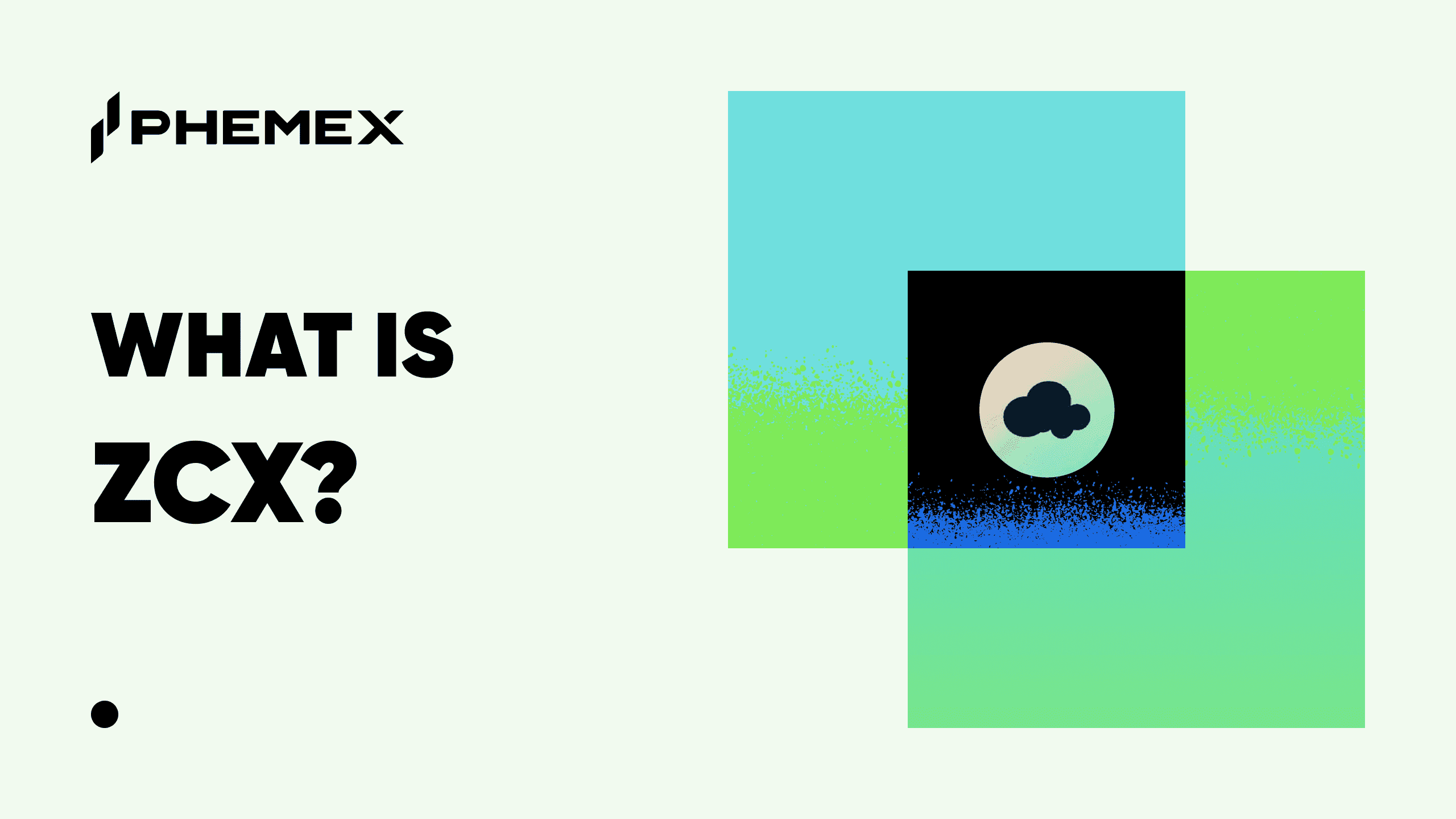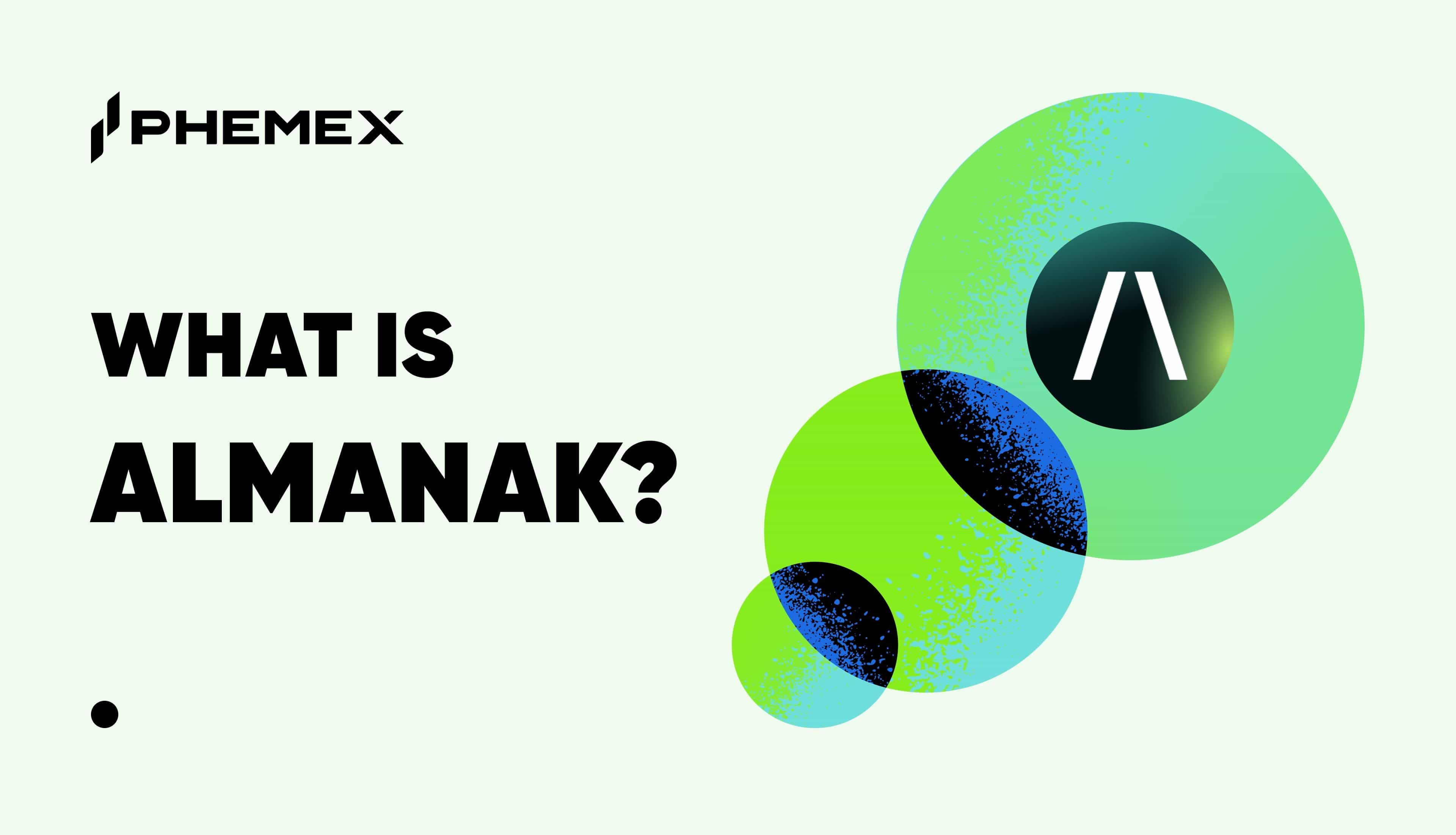The list of new decentralized finance (DeFi) blockchain projects is continually expanding. In this sea of choice, which projects will be tomorrow’s stars and worth investing in? In this article, we detail a comprehensive list of performance indicators used to estimate a DeFi project’s investment potential.
Some of these indicators overlap with the metrics one would look at when evaluating traditional stocks. However, given the very different nature of crypto investing, many of these indicators are more relevant to the crypto world. In fact, these indicators are specifically applicable to DeFi project tokens, rather than to blockchain projects of other types.

1 Price-to-Sales Ratio
The price-to-sales ratio (P/S ratio) is a fundamental KPI in the world of DeFi. It is calculated by dividing the token’s fully diluted market capitalization by its 12-month revenue. In the case of DeFi, the revenue is earned from transaction fees, and includes fees retained by the protocol as well as fees earned by token holders and liquidity pool providers.
In traditional stock investing, a P/S ratio of 1 to 2 is considered good, while a ratio of under 1 is considered excellent. Given the young and rapidly-evolving nature of the DeFi industry, these traditional rules of thumb may not be very applicable. Instead, the best use of the P/S ratio is to evaluate a number of DeFi tokens on this metric for comparative analysis.
With the comparative approach, you may use revenues for time periods other than the normally applied 12-month period. For example, you may use the last 6-month revenues for the tokens you compare in the denominator of the ratio. This is useful due to many newer DeFi projects being less than a year old. However, the shorter periods may not be as reliable as the default 12-month period and are, often, only a trade-off measure due to the need to evaluate newer tokens.
2 Total Value Locked
The total value locked (TVL) refers to the total sum of all funds dedicated as collateral to a DeFi project. It includes the funds locked in liquidity pools as well as loan collaterals. TVL should not be confused with the protocol’s market cap.
Market cap refers to the total supply of the coin multiplied by its current price. On the other hand, TVL refers to the value locked in smart contracts on the platform. For example, in the case of Maker DAO (MKR) , one of the largest DeFi protocols, TVL refers to the amount of funds held as loan collateral in the “vaults” of the platform.
In the case of distributed exchanges (DEX), TVL normally refers to the total value locked in liquidity pools. Larger TVL values indicate a more actively used protocol.

3 TVL Ratio
TVL by itself is a great measure of a protocol’s popularity. However, by concentrating on this metric alone, you may miss out on smaller but still promising DeFi projects. The TVL ratio is a measure derived by dividing the market cap of a token by its TVL. This indicator helps you identify smaller DeFi platforms that are performing well and potentially promising from an investment point of view.
A smaller TVL ratio is often preferable. It indicates a protocol that might be undervalued and worth investing in.
4 Annual Yield From Staking
Liquidity pool staking on DeFi platforms can be a viable way to earn investment income. The DeFi protocols can vary enormously by the yields they provide. Looking at the yield earned from LP staking is an important indicator to track.
Given the volatility of many DeFi protocols, it is best to look at the annual, rather than shorter-term, yields. Naturally, as the popularity of a protocol rises, yields are likely to decrease. The best yields are often found among smaller but confidently growing projects.
Thus, annual yield can be a great way to identify promising and currently undervalued DeFi tokens.
5 Token Supply on Centralized Exchanges
While DeFi tokens are all about decentralization, paying attention to the total supply of a token on centralized exchanges (CEXs) is useful for investment analysis. A large amount of tokens held at CEXs may indicate a potential large-scale sell-off.
Such sell-offs often result in the destabilization of the token. Therefore, watching out for these signs is an important due diligence step in your analysis. It must be stressed that a large supply on CEXs is not necessarily a guaranteed whale action waiting to happen. Using token supply as an indicator should only be a part of your research into the token, along with the other metrics discussed in this article.

6 Token Movements on Centralized Exchanges
In addition to watching out for token supply, it pays to research recent token balance movements on CEXs. This metric can provide additional intelligence into a potential whale action in the making.
Token balances alone may not reveal a recent large-scale wave of withdrawals from exchange wallets. Looking at recent movements of the token may uncover substantial withdrawals with the purpose of holding on to large amounts of the token. Such large-scale actions may also indicate a future whale action that might negatively affect the token’s stability or supply.
While both the token balances and the token movements are useful metrics, it is important to keep them in perspective. Frequent movement of tokens from exchange accounts to personal wallets and vice versa is a normal practice in the world of crypto trading. Only very substantial and highly uncharacteristic movements might indicate a period of future instability for the token.
7 Unique Address Growth Rate
Another useful indicator is the change rate in unique address counts for the token. If the unique address count shows signs of rapid growth, it could point to the project quickly increasing in popularity.
Naturally, it must be taken into account that this metric may be open to manipulation. A small group of people may create a large number of addresses within a short time period to give an impression of the project’s popularity. Therefore, use this metric only along with the others to evaluate a potential DeFi project.
8 Inflation Rate
Many DeFi protocols enact rules to ensure that their token supply will not lead to inflation and devaluation of the token. However, not all tokens are protected from devaluation by the platform rules. In some cases, the mechanism behind maintaining a limited supply of the token is unclear, or not even coherently specified by the project.
When researching a DeFi protocol, it is important to look at the token’s increase in supply and inflation rate. Tokens with a tendency to demonstrate high inflation rates in the past may be best to avoid.
9 Project Documentation Completeness
Perhaps due to the mostly unregulated nature of DeFi, many projects with poorly documented details of their protocols have been launched. However, this has not stopped a lot of people from sinking their funds into these projects.
When evaluating a DeFi project, a key indicator is the level of detail about the protocol provided to the public and potential investors. As a minimum, a project should have a white paper explaining the protocol’s processes and tokenomics in detail. The governance mechanism and voting rights afforded to the token holders should also be clearly outlined.
For example, what happens if your funds are lost by the protocol due to a security breach? Are you compensated? Do you have to wait for the platform users to vote on a potential compensation for you? Pay attention to these key details while looking through the project’s whitepaper, website, and social media announcements.
Though not a financial or operational metric, the completeness of project documentation is a vital indicator to take into consideration.

Conclusion
Researching an investment-worthy DeFi project may involve looking at a myriad of factors. However, the indicators outlined in this article should serve as the core set you can focus on.
Among the covered indicators, the key ones are the P/S ratio, TVL, and TVL ratio. However, disregarding the other indicators and only concentrating on these three may lead to missing out on important pieces of intelligence. For example, even the best P/S and TVL ratio numbers will not give you an indication of a possible whale action with a potential to destabilize the token. You may only get a sense of such a scenario by looking at the token supply and token balance movements at CEXs.
In addition to the financial and operational indicators, take into account the DeFi project’s clarity and completeness of documentation. Even the best performing protocol may not be worth the risk of investing in if your rights as a token holder are not clearly specified or you are not certain about the process of earning the LP staking interest.
Read More
- Blockchain Analytics: 11 Free Crypto Research Tools You Need
- What Is DeFi: How To Be Your Own Bank With $100
- How to DYOR (Do Your Own Research): A Comprehensive Guide
- What Is DeFi Llama: A DeFi Analytics Dashboard for Professional DeFi Traders
- https://phemex.com/academy/defi
- What Is TVL in Crypto: Crucial DeFi Indicator
- What Does the DeFi Hype Mean for ETH?
- How To Do Crypto Research: The Best Ways to Get Started








